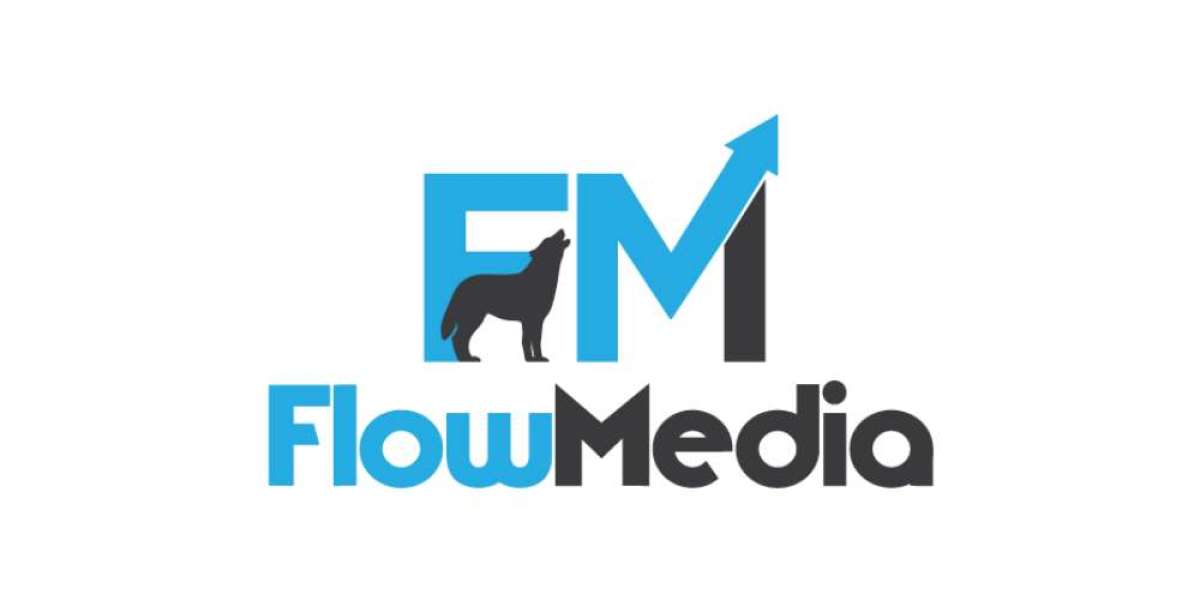Introduction
Have you ever heard of micro and mini futures and wondered what they’re all about? If you're intrigued by the world of futures trading but find the traditional contracts too daunting, micro and mini futures might be your golden ticket. These are smaller, more accessible versions of standard futures contracts, designed to make futures trading easier and more approachable for everyone. In this guide, we'll break down everything you need to know, from basic definitions to practical trading tips. Ready to dive in? Let’s get started!
What Are Futures?
Before we zoom into micro and mini futures, let's quickly cover the basics. Futures are financial contracts obligating the buyer to purchase, or the seller to sell, an asset at a predetermined future date and price. Think of them as agreements to buy or sell something at a set price in the future. These contracts are widely used in commodities, stocks, and indices to hedge risks or speculate on price movements.
The Need for Micro and Mini Futures
Why do we need micro and mini futures? Traditional futures contracts can be pretty large and expensive, making them out of reach for small investors or those new to trading. Enter micro and mini futures – designed to be smaller and less costly, they provide a fantastic way for beginners to dip their toes into futures trading without the high stakes.
Key Differences Between Micro and Mini Futures
Understanding the distinction between micro and mini futures is crucial:
- Size Matters: Micro futures are the smallest contracts, usually 1/10th the size of mini futures. For instance, a micro futures contract on gold might be 1/10th the size of a standard gold futures contract.
- Cost-Effective: Mini futures are larger than micro futures but still significantly smaller than standard contracts. They offer a middle ground, making them more accessible than traditional futures.
Benefits of Trading Micro Futures
Lower Risk, Higher Flexibility: Trading micro futures means you’re putting less capital at risk. This reduced exposure allows you to experiment with different strategies without the fear of huge losses. It's like starting a new hobby with a budget-friendly kit!
Easier Entry Point: For newcomers, micro futures are less intimidating. They allow you to learn the ropes, make small mistakes, and gain confidence without the financial strain. It’s akin to learning to ride a bicycle with training wheels.
Benefits of Trading Mini Futures
Balanced Approach: Mini futures strike a balance between the small size of micro futures and the larger traditional contracts. This balance makes them suitable for both novice traders and seasoned investors looking to diversify their portfolios without excessive risk.
Access to Major Markets: Mini futures offer access to major markets and products, allowing you to trade in a more manageable way. Whether it’s commodities, indices, or currencies, mini futures make it easier to get involved.
How to Trade Micro and Mini Futures
Step-by-Step Guide:
- Choose a Broker: Select a broker that offers micro and mini futures. Make sure they have a user-friendly platform and low fees.
- Fund Your Account: Deposit enough funds to cover the margin requirements. Micro futures generally have lower margin requirements than standard contracts.
- Select Your Contract: Pick the micro or mini futures contract you want to trade. Look at the underlying asset, the contract size, and the expiration date.
- Develop a Strategy: Decide on your trading strategy. Whether you’re hedging or speculating, having a plan is crucial.
- Monitor and Adjust: Keep an eye on the market trends and adjust your strategy as needed. Use stop-loss orders to manage risk effectively.
Risk Management in Micro and Mini Futures
Set Stop-Loss Orders: Use stop-loss orders to limit potential losses. This is especially important in futures trading, where price volatility can be high.
Diversify Your Portfolio: Don’t put all your eggs in one basket. Spread your investments across different assets to reduce risk.
Stay Informed: Keep up with market news and trends. Understanding the factors that influence the prices of your chosen futures can help you make better trading decisions.
Strategies for Trading Micro and Mini Futures
Technical Analysis: Use charts and technical indicators to identify trends and potential entry and exit points. It’s like having a roadmap for your trading journey.
Fundamental Analysis: Evaluate the economic indicators and news affecting the underlying asset. This can give you insights into long-term trends.
Paper Trading: Practice with a demo account before trading with real money. This allows you to test your strategies without any financial risk.
Common Mistakes to Avoid
Ignoring the Basics: Don’t skip the foundational knowledge. Understanding how futures work is essential before diving in.
Over-Leveraging: Avoid using too much leverage, especially when trading micro and mini futures. It can amplify both your gains and losses.
Neglecting Risk Management: Failing to set stop-loss orders or diversify your portfolio can lead to significant losses. Always have a risk management plan in place.
Case Studies: Success Stories
Case Study 1: John’s Journey: John started trading micro futures with a small investment. By sticking to a disciplined strategy and using stop-loss orders, he gradually built his portfolio, learning valuable lessons along the way.
Case Study 2: Sarah’s Strategy: Sarah used mini futures to hedge her investments in the stock market. Her strategy paid off, helping her manage risk while making substantial profits.
Future Trends in Micro and Mini Futures
Increased Popularity: As more traders discover the benefits, the popularity of micro and mini futures is expected to grow. These contracts are likely to become a staple in many traders’ portfolios.
Technological Advancements: With advancements in trading technology, accessing and trading micro and mini futures will become even easier, offering more tools and features for traders.
Conclusion
Micro e mini futures are revolutionizing the way we approach futures trading. They offer a fantastic entry point for beginners and a flexible option for experienced traders looking to diversify their portfolios. By understanding their benefits and following sound trading practices, you can take full advantage of what these contracts have to offer.
Ready to take the plunge? Start small, stay informed, and trade wisely. The world of micro and mini futures awaits you!
FAQs
- What are micro futures? Micro futures are smaller versions of standard futures contracts, making them accessible for beginner traders. They allow you to trade with less capital and lower risk.
- How do mini futures differ from regular futures? Mini futures are larger than micro futures but smaller than standard futures, offering a balanced approach for both novice and experienced traders.
- Can I use leverage with micro and mini futures? Yes, but it’s essential to use leverage cautiously. High leverage can amplify both gains and losses, so always implement sound risk management strategies.
- What strategies work best for trading micro and mini futures? Strategies such as technical analysis, fundamental analysis, and paper trading are effective. It’s crucial to have a clear plan and practice risk management.
- Are there any risks involved in trading micro and mini futures? Yes, like all trading, micro and mini futures carry risks. It’s important to set stop-loss orders, diversify your portfolio, and stay informed about market trends.



